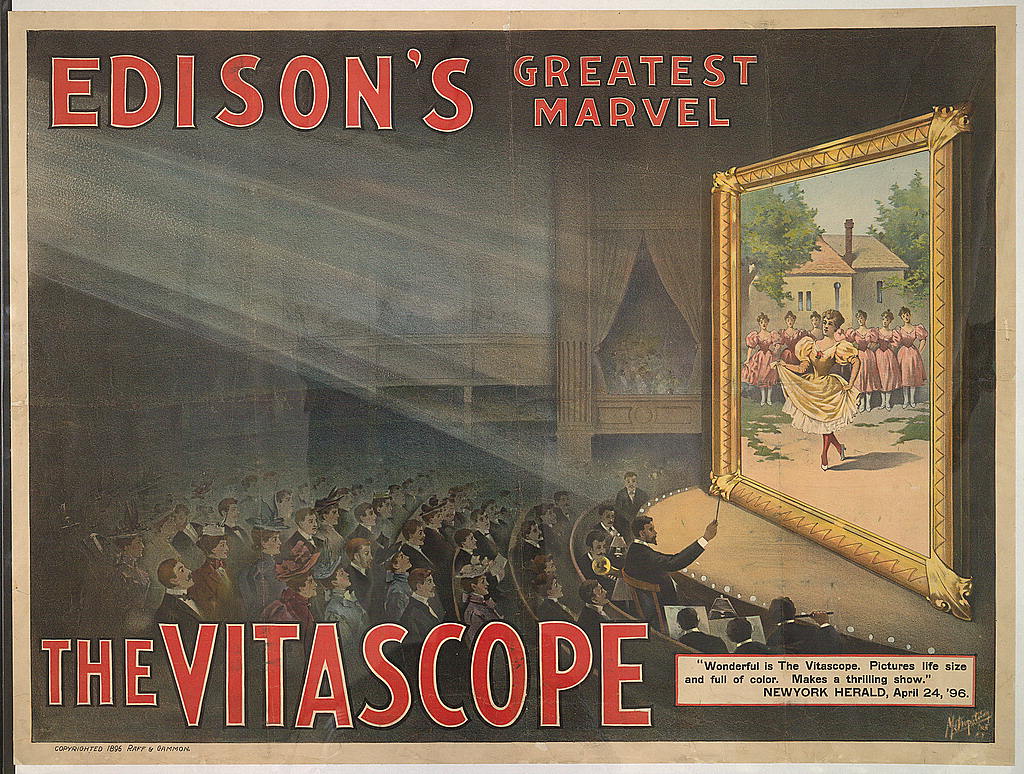Since 2000, digital visual effects have played a central role in Hollywood’s governing business model of developing high-budget blockbuster franchises like Star Wars, Harry Potter, Pirates of the Caribbean, Transformers, and the Avengers films. In the first years of the new century, the Lord of the Rings films exemplified this trend, introducing groundbreaking new digital technologies, such as the motion-capture techniques that allowed Andy Serkis to perform as the digital character Gollum, and MASSIVE, a software package that uses fuzzy logic to create thousands of autonomous digital extras. Less than a decade later, films like Avatar and Hugo took digital effects to dazzling new stereoscopic heights, while Life of Pi stood as the apotheosis of advances in particle effects like water and fur. Beyond these high-concept spectacles, however, the rapid advancement and decreasing cost of digital technologies has led to the ubiquity of digital visual effects in all kinds of films, converting “special” effects into commonplace tools. With the increased use of digital means at every stage, the lines between visual effects and other categories of production have rapidly broken down. Digital techniques manipulate lighting and color, build virtual sets, tweak costumes and makeup, while also radically transforming film acting. Visual effects have never been more important to filmmaking, but recently the visual effects industry has proved to be precarious: major firms Digital Domain and Rhythm & Hues declared bankruptcy in the last two years, leading to a protest of visual effects artists at the 2013 Academy Awards ceremony.
“Visual Effects: The Modern Entertainment Marketplace (2000-present),” Editing and Special/Visual Effects, edited by Kristen Whissel and Charlie Keil, Behind the Silver Screen Series (Rutgers University Press, 2016), 172–185.
